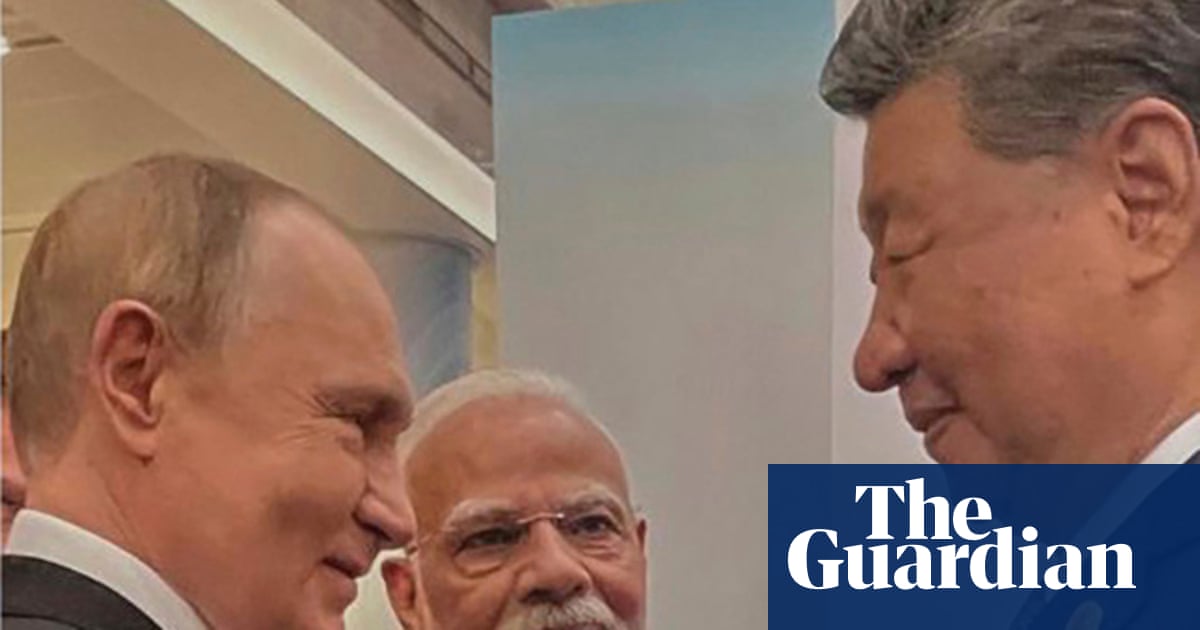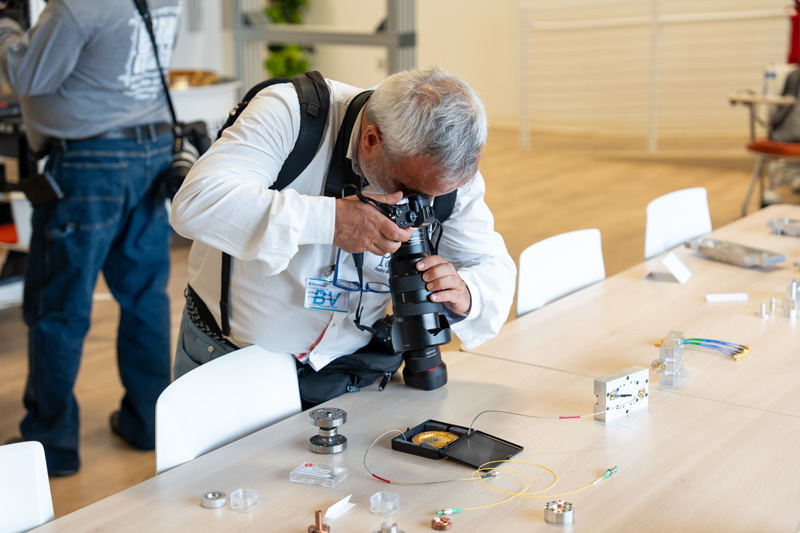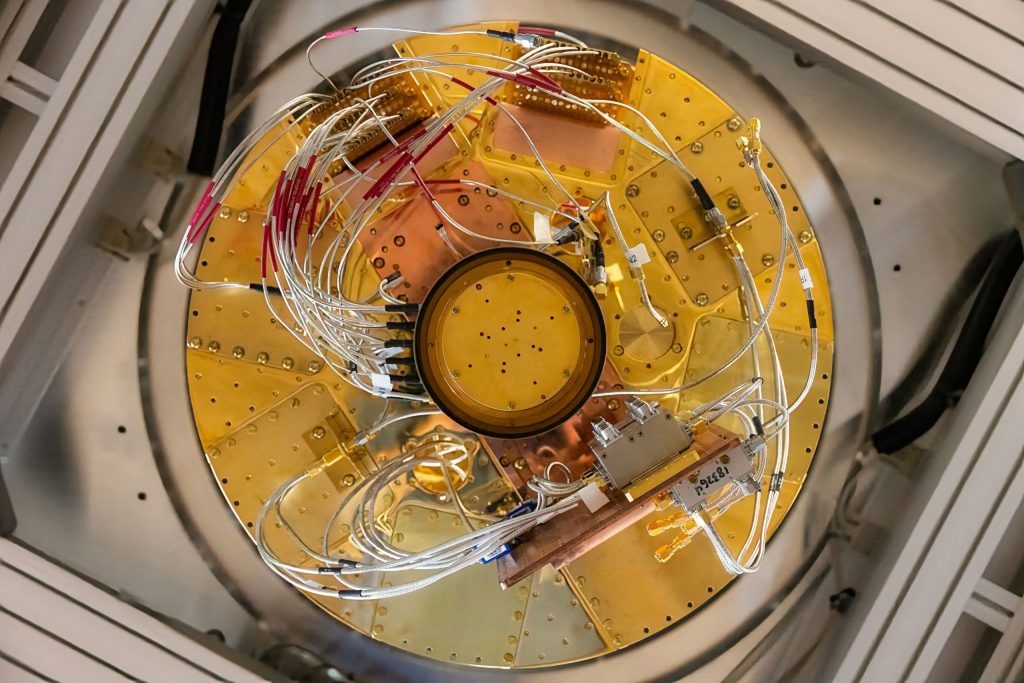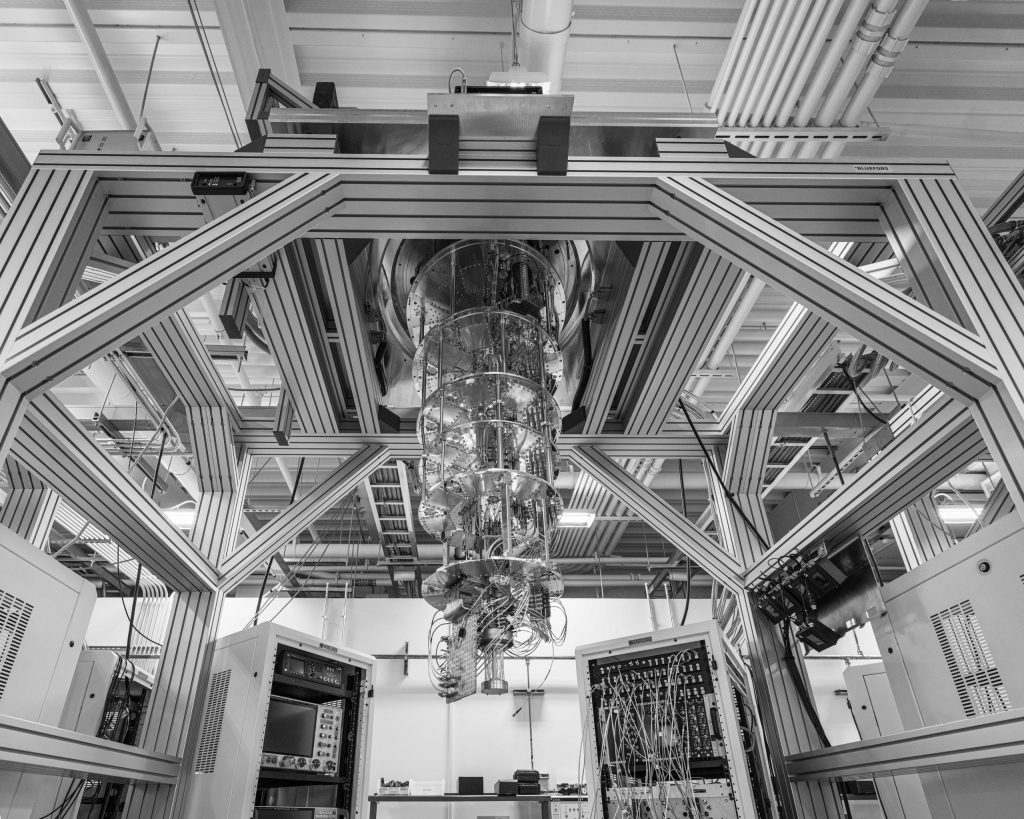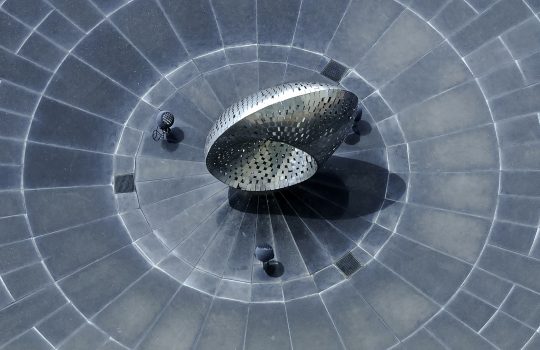Introduction
Sepsis, a life-threatening organ dysfunction syndrome had affected over 19 million individuals globally each year, with a case fatality rate exceeding 25%.1,2 Notably, current epidemiological data predominantly derive from healthcare databases in high-income countries, while low- and middle-income countries (eg, China) face substantial systematic data gaps.3 This study innovatively develops a universal dynamic assessment tool to establish an objective quantification method for the systematically underestimated sepsis burden. Concurrently, it aims to provide actionable decision support for primary medical institutions, with the ultimate goal of reducing avoidable sepsis-related deaths.4
The Sequential Organ Failure Assessment (SOFA) score, recognized as the gold standard for evaluating sepsis severity, exhibits a positive correlation with mortality—with higher scores indicating an increased risk of death.5 This scoring system is primarily utilized in intensive care unit (ICU) settings to evaluate and monitor critically ill patients with suspected or confirmed sepsis, multisystem organ dysfunction, or septic shock.6 In non-ICUs (eg, Infectious Disease wards), the absence of ICU-grade monitoring systems for continuous hemodynamic profiling makes it challenging to establish effective sepsis diagnostic tools.7 Furthermore, traditional scoring systems have not integrated dynamically changing biomarkers such as heparin-binding protein (HBP) and interleukin-6 (IL-6), leading to delays in diagnosis and increased risk of false negatives.8 Given these persistent monitoring gaps, efforts must be focused on biomarker combinations that circumvent the conventional physiological parameter dependencies.
In biomarker research, combined analysis of IL-6, IL-8, and HBP enhanced early sepsis detection and severity evaluation, complementing traditional markers, such as C-reactive protein(CRP) and procalcitonin(PCT).9,10 IL-6 also were reported which include inhibition of the release of TNF-βand IL-1 and increasing the levels of anti-inflammatory mediators in circulation which considered as important biomarkers of immune homeostasis.11 The combined model (HBP+PCT+ CRP+IL-6+SOFA) boosted sepsis diagnosis accuracy compared to SOFA alone, which has been validated in multicenter studies.12–14 D-dimer serves as a key prognostic biomarker for sepsis, predicting 28-day mortality and treatment response via linkage to coagulation disorders and microthrombosis.15 It should be noted that comorbidity spectrum (such as chronic liver disease, chronic kidney disease) directly affects immune response and coagulation function, exacerbating organ damage in sepsis and neglecting such factors can introduce bias into risk stratification.16 Current models focus on static data and lack the AI-driven integration of real-time vital signs, biomarkers, and omics data, hindering precise sepsis diagnosis.17
Notably, existing drug targets (Protein C and Thrombopoietin) exhibit limited efficacy, underscoring the need to identify novel pathways (including endothelial injury and mitochondrial dysfunction) via innovative combinations of biomarkers to facilitate the development of broader-spectrum therapeutics.18
This study presents an effective framework that systematically integrates real-time kinetic laboratory indices with comprehensive comorbidity profiling, using a dynamic nomogram. Continuous kinetics profiling in sepsis overcomes static data constraints to guide dynamic therapeutic stratification.19 By engineering this diagnostic instrument, we aimed to revolutionize sepsis diagnostic paradigms using precision-based risk stratification, particularly in non-intensive care unit settings.
Materials and Methods
Study Design and Participants
We collected cases from all inpatients of the Infectious Diseases Departments of two hospitals affiliated with Taizhou Enze Medical Center as the research subjects from January 2024 to December 2024. Patients were excluded if they had: 1) incomplete clinical data precluding accurate assessment of infection or organ dysfunction, 2) missing values for any critical laboratory indicators.
A total of 1,098 patients admitted to Taizhou Hospital of Zhejiang Provincial from January 2024 to December 2024 were finally enrolled in the study. Additionally, 94 patients from Enze Hospital were recruited as the validation cohort between January 2024 and March 2024. G*Power analysis demonstrated statistical powers of 0.99 in the model cohort and 0.85 in the validation cohort, satisfying the predefined power threshold requirements. Sepsis was defined according to the the Third International Consensus Definitions for Sepsis and Septic Shock (Sepsis-3).20 The diagnostic criteria for sepsis required: 1) confirmed or suspected invasive infection and 2) fulfillment of ≥2 systemic inflammatory response syndrome (SIRS) parameters (abnormalities in core temperature, leukocyte count, heart rate, and respiratory rate). All final diagnoses were independently verified by two board-certified infectious disease specialists (Cohen’s Kappa κ=0.85).
Sample and Laboratory Analysis
Peripheral venous blood samples were collected from all cohorts under fasting conditions within 24h of admission. Blood counts were measured using a Mindray BC series automatic blood cell analyzer (Mindray, Shenzhen, China). Routine blood coagulation tests were performed using an STR-Max automatic coagulation analyzer (Stago, Cedex, France). Biochemical indicators were detected using an AU5800 Beckman Library automatic biochemical analyzer (Beckman Coulter, Brea, CA, USA). PCT and IL-6 levels were quantitatively determined using a Cobas 8000 electrochemiluminescence analyzer (Roche Diagnostics, Basel, Switzerland). HBP levels were quantitatively analyzed using a Jet-iStar 3000 dry fluorescence immunoassay system (Zhonghan Shengtai Biotechnology Co., Ltd., Shenzhen, China). All assays were performed using manufacturer-provided reagents in accordance with the standardized operational guidelines.
Clinical Data Collection
Longitudinal clinical metrics, including demographics, comorbid conditions, infectious etiologies, organ dysfunction, and length of hospital stay (LOS), were systematically collected from medical records. To reduce information bias, this study used blinded data extraction: two researchers independently extracted key variables (eg, age, laboratory indicators) from medical records, cross-checked data, and resolved inconsistencies through medical record committee discussion. During statistical analysis, group information was coded (eg, sepsis Group and non-sepsis Group), with analysts blinded to actual group assignments until the completion.
Statistical Analysis
Prior to data collection, statistical power calculation was conducted using G*Power 3.1 (Heinrich Heine University, Düsseldorf, Germany) to ensure sufficient statistical sensitivity, with the β-level constrained to ≥0.70 threshold. All computational procedures were implemented using the R software (v4.4.2, R Foundation). Non-normally distributed continuous measures were summarized as medians with interquartile ranges and analyzed using the Wilcoxon rank-sum test. Categorical parameters are presented as counts with proportional distributions, and between-group differences were assessed using Pearson’s χ²-test.
Multivariable regression modeling incorporating variables identified through preliminary analyses enabled model construction. The diagnostic performance of the models was evaluated using ROC curve analysis with the corresponding Area Under the Curve (AUC) quantification. Subsequently, a clinical diagnosis tool (web-based dynamic nomogram) was developed based on the regression coefficients. The predictive accuracy was assessed through concordance index calculations, and calibration curves were used to evaluate the model fit. The clinical utility was further examined using decision curve analysis. The statistical significance threshold was set at p<0.05.
Ethics Approval and Informed Consent
This study is a retrospective analysis of patients’ historical laboratory data. Prior to hospitalization, all patients were informed and provided written consent to the following:
To advance medical research and education, your medical records along with residual biological specimens (including blood, bodily fluids, tissues, etc.) may be utilized. We undertake to maintain strict confidentiality of your personal information throughout this process.
Enze Medical Center Group has an ethics committee named after Taizhou Hospital of Zhejiang Province. This study was conducted in accordance with the principles of the Declaration of Helsinki. Approval was granted by the Ethics Committee of Taizhou Hospital of Zhejiang Province (KL20240640). This ethics committee applies to all its affiliated hospitals, among which Enze Hospital is a branch.
Results
Clinical Characteristics of the Patients
Research subjects were divided into sepsis (n=354) and non-sepsis (n=744) groups (Figure 1). The median age of the study population was 64 years (IQR 51–73) with a male predominance (56.74%). The most common comorbidity was hypothyroidism (60.66%), followed by renal insufficiency (44.63%), hypertension (39.34%), diabetes (20.77%), malignant tumors (20.31%), brain dysfunction (16.94%, and cardiac insufficiency (14.48%). Comparative analysis revealed significant age disparity between groups, with sepsis patients exhibiting an older age distribution (median 67 years, IQR 57–75) compared to non-sepsis patients (median 62 years, IQR 50–72; p<0.001). Notably, patients with sepsis were more likely to have renal disease (57.34% vs 38.58%, p<0.001), hypertension (51.41% vs 33.60%, p<0.001), and cardiac insufficiency (21.47% vs 11.16%, p<0.001). The sepsis group demonstrated a significantly extended LOS than the non-sepsis group [6(5, 9) vs 6(4, 9), p=0.017] (Table 1).
|
Table 1 Baseline Characteristics of the Patients
|
 |
Figure 1 Study flowchart.
|
Laboratory Data of the Patients
Comparative evaluation of the baseline hematological parameters between the groups revealed distinct inflammatory profiles (Table 1). The sepsis group demonstrated significant elevations in established inflammatory biomarkers: CRP (33.70, 8.10–101.00 vs 23.20, 6.00–74.40; p=0.002), and PCT (0.77, 0.23–4.69 vs 0.22, 0.08–0.69; p<0.001), HBP (229.49, 113.56–300.00 vs 179.57, 83.65–300.00; p<0.001). IL-6 concentrations showed marked intergroup differences (median 84.15, IQR 77.40–541.00 vs 77.40, 44.60–77.40; p<0.001).
Cellular immune profiling indicated neutrophilic predominance in the sepsis group, as evidenced by an elevated neutrophil percentage (77.80%, 64.40–88.50 vs 71.80%, 60.70–82.85; p<0.001), NLR (6.01, 2.77–14.29 vs 3.85, 2.26–7.97; p<0.001), PDW (16.30,16.00–16.70 vs 16.20, 15.90–16.50); p<0.001), MPV (9.60,9.00–10.50 vs 9.45, 8.80–10.30; p<0.001) and PLR (155.79, 100.77–270.40 vs 145.91, 95.89–217.33); p=0.046).
Compared with the non-sepsis group, the sepsis group exhibited significantly suppressed lymphocyte and monocyte percentages, with median values decreasing from 18.30% (IQR: 10.35–27.40) to 12.90% (6.30–23.40), p< 0.001) and from 6.70% (5.00–8.60) to 5.85% (4.00–8.00), p< 0.001), respectively. Notably, even more marked reductions were observed in eosinophil (0.55% [0.10–2.00] vs 0.90% [0.20–2.20], p< 0.001) and basophil percentage (0.10% [0.10–0.30] vs 0.20% [0.10–0.40], p< 0.001). Additionally, platelet counts were found to be suppressed (157.00 [106.00–220.00] vs 187.00 [127.50–248.50], p< 0.001). Coagulation abnormalities were reflected in elevated D-dimer levels (1.59 [0.72–2.98]vs 0.98 [0.49–1.97] mg/L, p<0.001) in the sepsis group.
Multivariable Logistic Regression for Sepsis Diagnosis
Multivariate logistic regression analysis identified eight independent predictors of sepsis development (Table 2). Clinical comorbidities: Hypertension: OR=1.6278 (95% CI: 1.2079–2.1937, p=0.001), Renal dysfunction: OR=1.7002 (95% CI: 1.2840–2.2513, p=0.002), Cardiac dysfunction: OR=1.8927 (95% CI:1.2979–2.7599, p=0.001); Inflammatory and coagulation biomarkers: IL-6: OR=1.0003 (95% CI: 1.0002–1.0005, p<0.001), Basophil percentage: OR=0.4319 (95% CI: 0.2353–0.7926, p=0.007), D-dimer: OR=1.0796 (95% CI: 1.0273–1.1347, p=0.0025), PLR: OR=1.0025, 95% CI, 1.0011–1.0040), PLT: OR=0.9939, 95% CI, 0.99119–0.995. The final model demonstrated an acceptable discriminative ability [AUC=0.746, 95% CI: (0.709–0.772)]. ROC analysis further revealed a negative predictive value (NPV) of 0.832 and a positive predictive value (PPV) of 0.511.
 |
Table 2 Univariate and Multivariate Analysis for Diagnosis of Sepsis
|
Establishment and Accuracy Diagnosis of a Nomogram
We developed a nomogram that integrates eight elements for the diagnosis of sepsis (Figure 2A). Through internal validation, the calibration curve (Figure 2B) showed no significant deviation from the reference line; the decision curve (Figure 2C) also demonstrated the nomogram had favorable net benefits for disease identification. The Web-based interactive nomogram for sepsis management is now available on a secure platform.
 |
Figure 2 Establishment and accuracy diagnosis of nomogram. (A) Nomogram (B) calibration curve (C) Decision curve (D): ROC of the modeling and validation groups.
|
External Validation
A total of 94 newly enrolled patients were included in the external validation, comprising a sepsis group (n=34) and a non-sepsis group (n=60). The external validation yielded an AUC of 0.663 (95% CI: 0.549, 0.776), with no statistically significant difference in predictive performance observed between the external and internal validation cohort (Figure 2D). This tool can be accessed at: https://bixiaojie-1987.shinyapps.io/DynNomapp/ (Figure 3).
 |
Figure 3 Web-based dynamic nomogram.
|
Discussion
This study presents an effective web-based dynamic nomogram that enhances sepsis diagnosis in non-ICU settings by integrating clinical comorbidities (including Hypertension, Renal dysfunction, and Cardiac dysfunction) and routine laboratory indicators (such as D-dimer, Basophil percentage, PLT, PLR, and IL-6). Our findings contribute to advancing precision sepsis diagnosis in resource-limited environments where continuous hemodynamic monitoring is infeasible.
Our data identified hypertension, renal and cardiac dysfunction, D-dimer, Basophil percentage, PLT, PLR, and IL-6 was independent risk factors for the development of sepsis in patients with infectious diseases. Patients with chronic hypertension exhibit compromised host defense mechanisms, secondary to persistent vascular endothelial lesions and microcirculatory hemodynamic disturbances.21 Renal insufficiency leads to the accumulation of metabolic waste products and electrolyte imbalances, which further exacerbate systemic inflammatory responses and multi-organ dysfunction.22 Cardiac dysfunction results in decreased cardiac output, exacerbating tissue hypoperfusion and microcirculatory impairment, which accelerates the development of multiple organ dysfunction syndrome.23 Clinicians should maintain heightened vigilance for early recognition of sepsis in patients with chronic hypertension, renal insufficiency, or cardiac dysfunction.dimer concentrations were substantially elevated in sepsis patients compared to non-septic controls. D-dimer, a degradation product generated during the coagulation cascade, is a critical biomarker for predicting adverse prognostic outcomes in sepsis patients.24 Patients with severe sepsis frequently succumb to diffuse intravascular coagulation (DIC), which often progresses to multi-organ failure through thrombotic microangiopathy and consumption coagulopathy.25 Immune profiling revealed a significant reduction in basophil percentage among sepsis patients (OR = 0.4319), consistent with established evidence of basophil depletion as a prognostic indicator in sepsis. Basophils mitigate the cytokine storm in sepsis by releasing cytokines, such as IL-4 and IL-13, which inhibit excessive inflammatory responses. This observation may be explained by inflammatory cytokine-mediated suppression of bone marrow egress. Basophil depletion has emerged as a robust independent prognostic factor in sepsis patients.26 Elevated D-dimer levels, along with Basophil, can serve as promising biomarkers to guide clinical decision-making and facilitate the formulation of personalized therapeutic strategies in patients with sepsis.
Thrombocytopenia on ICU admission is a well-recognized marker of poor prognosis in septic patients.27 PLT reduction is often the “first signal” of coagulation dysfunction in sepsis, detectable even when the SOFA score has not yet worsened. IL-6 significantly increases 2–4 hours after infection, earlier than CRP or PCT. A high PLR usually indicates more severe conditions and poorer prognosis in sepsis patients, and can serve as a simple auxiliary indicator for evaluating sepsis in clinical practice.28 PLR can sensitively capture the immune-inflammatory status of sepsis through the “dual imbalance” of platelet activation (pro-inflammatory) and lymphocyte depletion (immunosuppression). In summary, even in the early stages of hospitalization, the high sensitivity indicators can quickly “capture” potential severe patients, even if the OR values of the three are low.
The web-based dynamic nomogram developed in this study overcomes the limitations of traditional predictive tools owing to its networked architecture.29,30 Unlike the SOFA score, which relies on ICU-specific monitoring parameters (eg, lactate levels, vasoactive medication use) and requires manual entry of complex data, our model offers distinct practical advantages: it integrates laboratory indicators with additional inflammatory markers and features a dynamic web-based interface enabling real-time calculations on mobile devices.
Notably, the model demonstrates robust predictive performance—particularly its strong negative predictive value—making it suitable for initial sepsis risk assessment in general ward settings. This application could help mitigate unnecessary ICU admissions while prompting intensified monitoring (eg, lactate measurement) for high-risk patients. Furthermore, to facilitate broader utility and future optimization, we have made the model code publicly available via networked deployment. With appropriate access permissions, researchers can enhance the model by incorporating novel laboratory indicators or refining existing parameters.
This study had some limitations that should be considered. First, the model was trained and validated primarily on retrospective data from a single tertiary care center, which may introduce selection bias due to overrepresentation of severe sepsis cases. Second, the model has not yet been integrated into clinical application platforms; as such, its practical utility in real-world clinical workflows remains to be verified. For future research, efforts should focus on multicenter validation to enhance generalizability, and more external laboratory indicators should be collected to identify additional biomarkers. Finally, the model will be deployed in the official hospital app to facilitate its translation into clinical practice and assess its performance in real-time clinical decision-making scenarios.
Conclusion
This study introduces an effective dynamic nomogram that improves sepsis diagnosis in non-ICU environments by integrating clinical comorbidities and routine laboratory indicators. This tool addresses systemic limitations in resource-constrained settings and offers a scalable solution for early detection and risk stratification of sepsis. The integration of readily available clinical data ensures practical applicability without requiring specialized equipment, thereby facilitating timely interventions and potentially reducing sepsis-related mortality. The model should undergo further optimization and validation through networking to fully benefit clinical practice.
Acknowledgments
We would like to thank the nurses in Infectious Diseases Departments of Taizhou Enze Medical Center for sampling the specimens and the patients for enrollment in this study.
Author Contributions
All authors made a significant contribution to the work reported, whether that is in the conception, study design, execution, acquisition of data, analysis and interpretation, or in all these areas; took part in drafting, revising or critically reviewing the article; gave final approval of the version to be published; have agreed on the journal to which the article has been submitted; and agree to be accountable for all aspects of the work.
Funding
Medical Science and Technology Project of Zhejiang Province 2024KY522.
Disclosure
The authors declare no competing interests in this work.
References
1. Rudd KE, Johnson SC, Agesa KM, et al. Global, regional, and national sepsis incidence and mortality, 1990-2017: analysis for the global burden of disease study. Lancet. 2020;395(10219):200–211. doi:10.1016/S0140-6736(19)32989-7
2. Giamarellos-Bourboulis EJ, Aschenbrenner AC, Bauer M, et al. The pathophysiology of sepsis and precision-medicine-based immunotherapy. Nat Immunol. 2024;25(1):19–28. doi:10.1038/s41590-02
3. Minderhoud TC, Azijli K, Nanayakkara PWB. Sepsis. Lancet. 2020;396(10265):1804. doi:10.1016/S0140-6736(20)32401-6
4. Lorencio Cárdenas C, Yébenes JC, Vela E, et al. Trends in mortality in septic patients according to the different organ failure during 15 years. Crit Care. 2022;26(1):302. doi:10.1186/s13054-022-041
5. Bonini A, Carota AG, Poma N, et al. Emerging biosensing technologies towards early sepsis diagnosis and management. Biosensors. 2022;12(10):894. doi:10.3390/bios12100894
6. Bouwman W, Verhaegh W, Stolpe AVD. androgen receptor pathway activity assay for sepsis diagnosis and prediction of favorable prognosis. Front Med-Lausanne. 2021;8:767145. doi:10.3389/fmed.2021.767145
7. Wang X, Guo Z, Chai Y, et al. Application Prospect of the SOFA Score and Related Modification Research Progress in Sepsis. J Clin Med. 2023;12(10):3493. doi:10.3390/jcm12103493
8. Blanchard F, Charbit J, Van der Meersch G, et al. Early sepsis markers in patients admitted to intensive care unit with moderate-to-severe diabetic ketoacidosis. Ann Intensive Care. 2020;10(1):58. doi:10.1186/s13613-020-00676-6
9. Zhang Z, Zhu Y, Cao Y, et al. Predictive value of heparin binding protein for sepsis. Zhonghua Wei Zhong Bing Ji Jiu Yi Xue. 2021;33(6):654–658. doi:10.3760/cma.j.cn121430-20210424-00605
10. Feng L, Liu S, Wang J, et al. The performance of a combination of heparin-binding protein with other biomarkers for sepsis diagnosis: an observational cohort study. Bmc Infect Dis. 2024;24(1):755. doi:10.1186/s12879-024-09666-6
11. Steensberg A, Cp F, Keller C, Moller K, Pedersen BK. IL-6 enhances plasma IL-1ra, IL-10, and cortisol in humans. Am J Physiol-Endoc M. 2003;285(2):E433–7. doi:10.1152/ajpendo.00074.20
12. Hong X, Wang Y, Ma S, Xu M, Xu Z. Diagnostic value of plasma heparin-binding protein and the heparin-binding protein-to-albumin ratio in patients with community-acquired Pneumonia: a retrospective study. Bmc Infect Dis. 2023;23(1):777. doi:10.1186/s12879-023-08762-3
13. Liu Z, Meng Z, Li Y, et al. Prognostic accuracy of the serum lactate level, the SOFA score and the qSOFA score for mortality among adults with Sepsis. Scandinavian J Trauma Resuscitation Emerg Med. 2019;27(1):51. doi:10.1186/s13049-019-0609-3
14. Li Z, Huang B, Yi W, et al. Identification of potential early diagnostic biomarkers of sepsis. J Inflamm Res. 2021;14:621–631. doi:10.2147/JIR.S298604
15. Tang J, Yuan H, Yl W, Fu S, Pan XY. the predictive value of heparin-binding protein and d-dimer in patients with sepsis. Int J Gen Med. 2023;16(16):2295–2303. doi:10.2147/IJGM.S409328
16. Mira JC, Gentile LF, Mathias BJ, et al. Sepsis pathophysiology, chronic critical illness, and persistent inflammation-immunosuppression and catabolism syndrome. Crit Care Med. 2017;45(2):253–262. doi:10.1097/CCM.0000000000002074
17. Lee J, Song J. Performance of a quick sofa-65 score as a rapid sepsis screening tool during initial emergency department assessment: a propensity score matching study. J Crit Care. 2020;55:1–8. doi:10.1016/j.jcrc.2019.09.019
18. Seymour CW, Gesten F, Prescott HC, et al. Time to treatment and mortality during mandated emergency care for sepsis. New Engl J Med. 2017;376(23):2235–2244. doi:10.1056/NEJMoa17030
19. Lu J, Zhang W, He Y, et al. Multi-omics decodes host-specific and environmental microbiome interactions in sepsis. Front Microbiol. 2025;16:1618177. doi:10.3389/fmicb.2025.1618177
20. Singer M, Deutschman CS, Seymour CW, et al. The Third International Consensus Definitions for Sepsis and Septic Shock (Sepsis-3). JAMA-J Am Med Assoc. 2016;315(8):801. doi:10.1001/jama.201
21. Xu J, Zhang W, Fu J, et al. Viral sepsis: diagnosis, clinical features, pathogenesis, and clinical considerations. Military Med Res. 2024;11(1):78. doi:10.1186/s40779-024-00581-0
22. Kalantar KL, Neyton L, Abdelghany M, et al. Integrated host-microbe plasma metagenomics for sepsis diagnosis in a prospective cohort of critically ill adults. Nat Microbiol. 2022;7(11):1805–1816. doi:10.1038/s41564-022-01237-2
23. Doualeh M, Payne M, Litton E, Raby E, Currie A. Molecular methodologies for improved polymicrobial sepsis diagnosis. Int J Mol Sci. 2022;23(9):4484. doi:10.3390/ijms23094484
24. Lu J, Fang W, Lei Y, Yang J. Association between D-dimer-to-albumin ratio and 28-days all-cause mortality in patients with sepsis. Sci Rep-Uk. 2024;14(1):28361. doi:10.1038/s41598-024-79911-0
25. Grondman I, Pirvu A, Riza A, Ioana M, Netea MG. Biomarkers of inflammation and the etiology of sepsis. Biochem Soc Trans. 2020;48(1):1–14. doi:10.1042/BST20190029
26. Chen X, Zhu X, Zhuo H, Lin J, Lin X. Basophils absence predicts poor prognosis and indicates immunosuppression of patients in intensive care units. Sci Rep-Uk. 2023;13(1):18533. doi:10.1038/s41598-023-45865-y
27. Fan SH, Pang MM, Si M, et al. Quantitative changes in platelet count in response to different pathogens: an analysis of patients with sepsis in both retrospective and prospective cohorts. Ann Med. 2024;56(1):2405073. doi:10.1080/07853890.2024.2405073
28. Wang G, Mivefroshan A, Yaghoobpoor S, et al. prognostic value of platelet to lymphocyte ratio in sepsis: a systematic review and meta-analysis. Biomed Res Int. 2022;2022:9056363. doi:10.1155/2022/9056363
29. Yang Y, Dong J, Li Y, et al. Development and validation of a nomogram for predicting the prognosis in cancer patients with sepsis. Cancer Med-Us. 2022;11(12):2345–2355. doi:10.1002/cam4.4618
30. He Y, Xu J, Shang X, et al. Clinical characteristics and risk factors associated with ICU-acquired infections in sepsis: a retrospective cohort study. Front Cell Infect Mi. 2022;12:962470. doi:10.3389/fcimb.2022.962470

